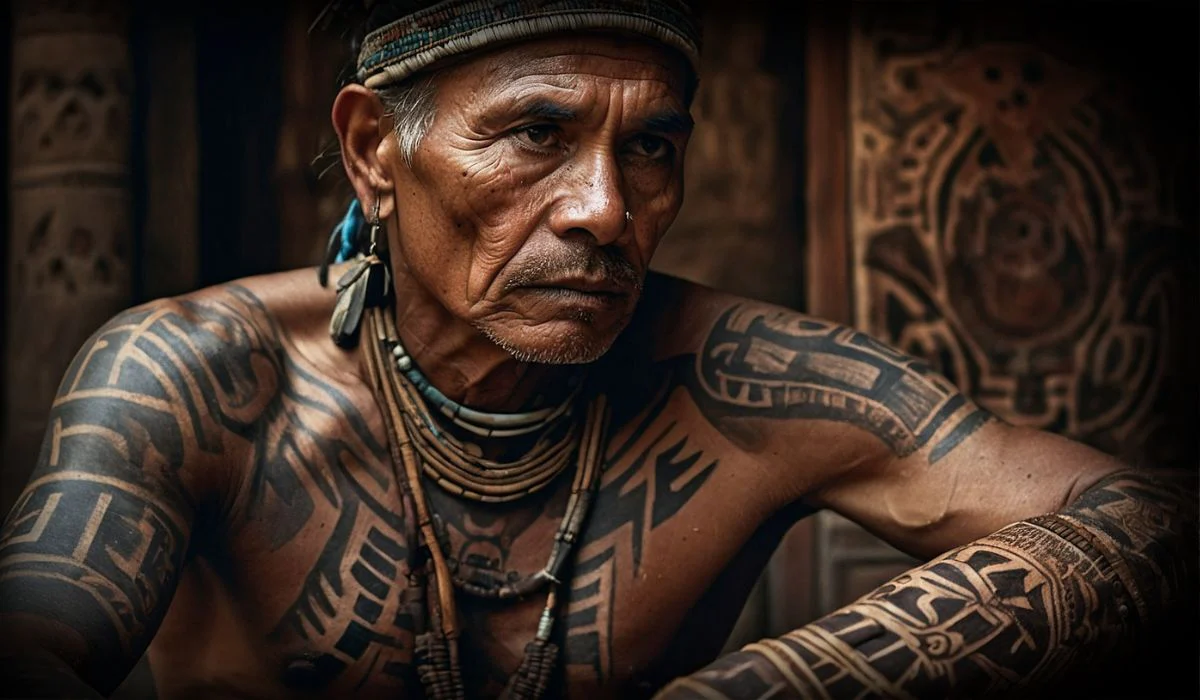Tattoos have been a part of human culture for over 5,000 years, serving as symbols of identity, spirituality, and artistry across civilizations. From the ancient markings found on Ötzi the Iceman to today's hyperrealistic masterpieces, the art of tattooing has undergone a remarkable transformation.
This visual journey explores the evolution of tattoo art through the ages, showcasing how techniques, styles, and cultural significance have changed while the fundamental human desire for self-expression through body art remains constant.
The Evolution of Tattoos: From Ancient to Modern

Ötzi the Iceman - 5,300-year-old tattoos
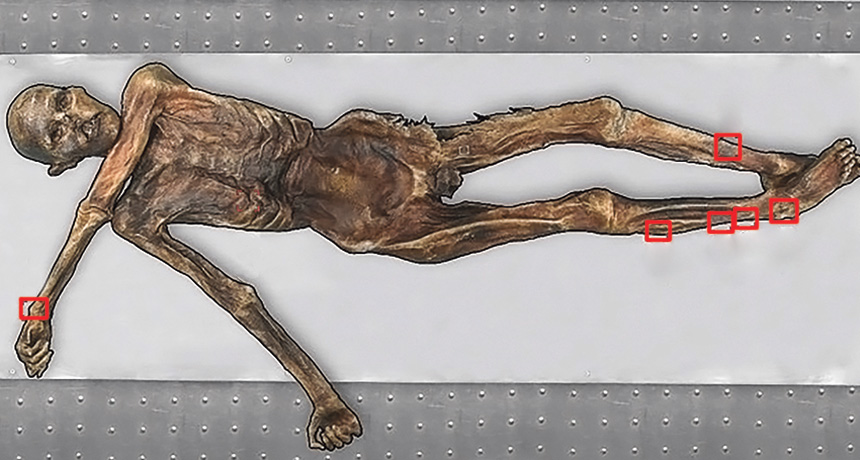
World's oldest tattoos discovered
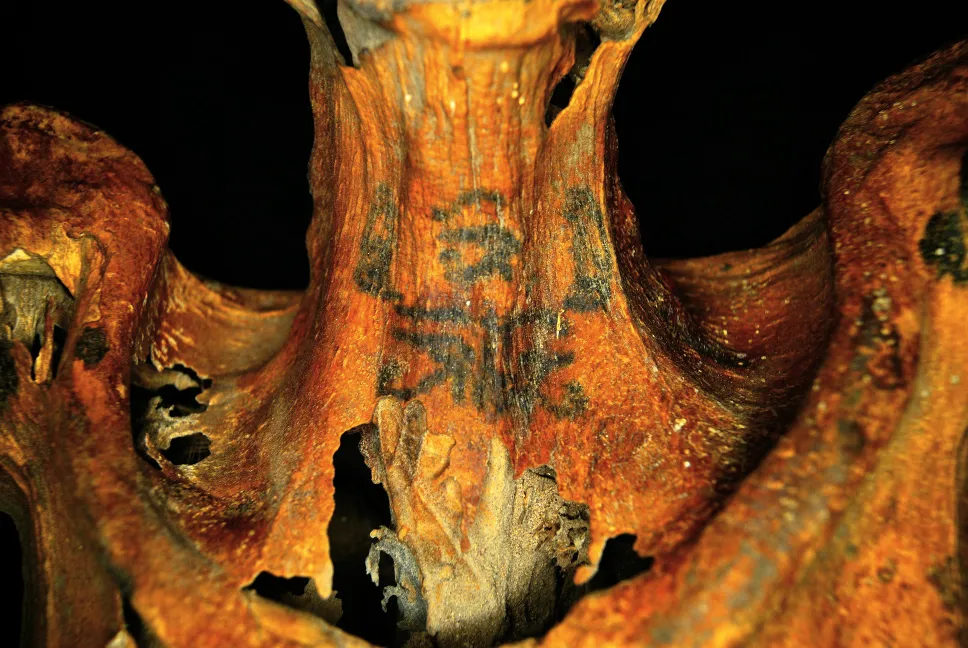
Ancient Egyptian mummy tattoos
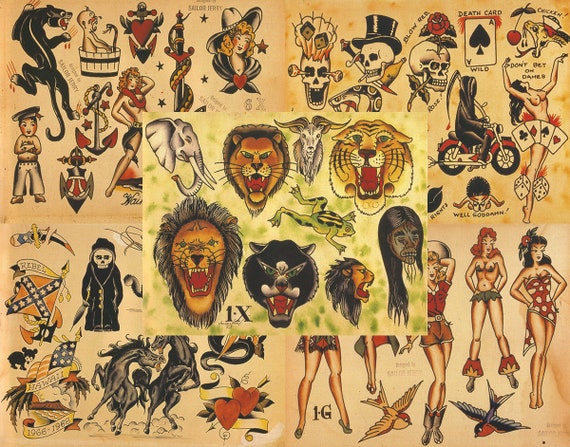
Sailor Jerry traditional flash sheet

Classic American traditional designs

American traditional tattoo style
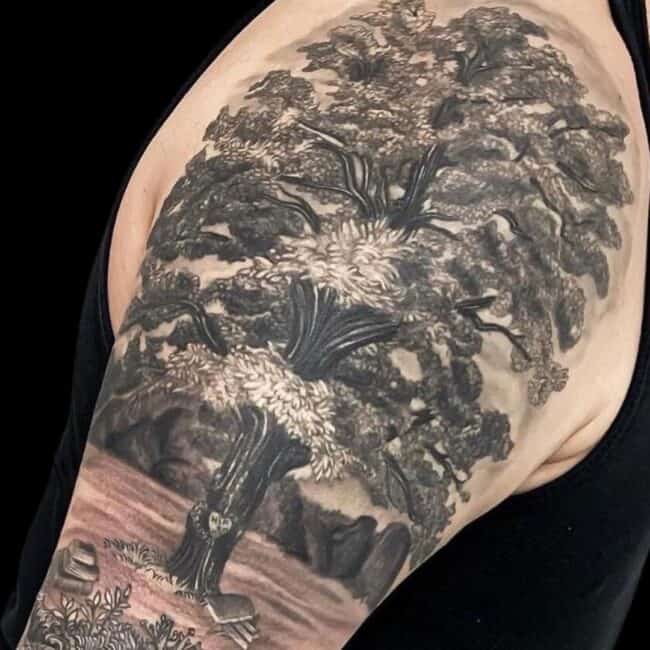
Modern realistic tattoo art
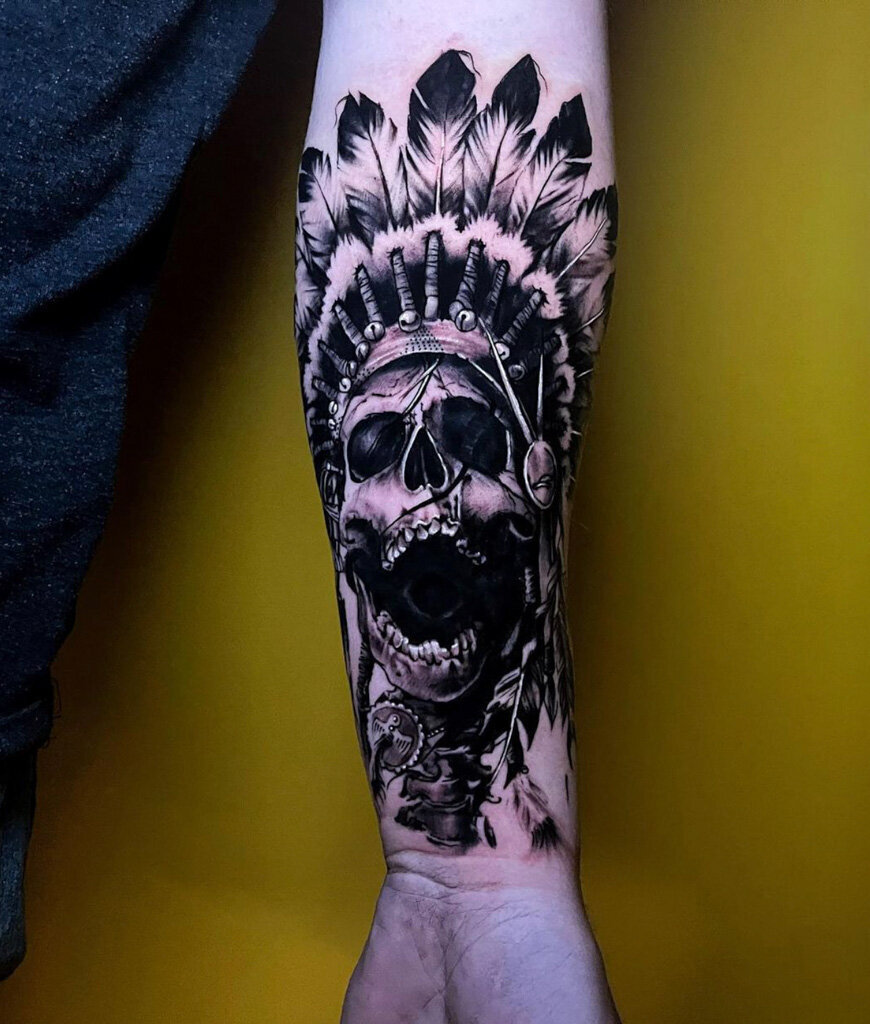
Hyperrealistic contemporary tattoo
Today's tattoo artists combine traditional techniques with modern technology, creating works of art that would have been unimaginable to our ancestors. Yet the core purpose remains the same: to tell stories, honor memories, and express identity through permanent ink on skin.
Whether you prefer the bold lines of traditional American tattoos or the intricate detail of contemporary realism, understanding the rich history of this art form deepens our appreciation for the craft and the artists who continue to push its boundaries.
